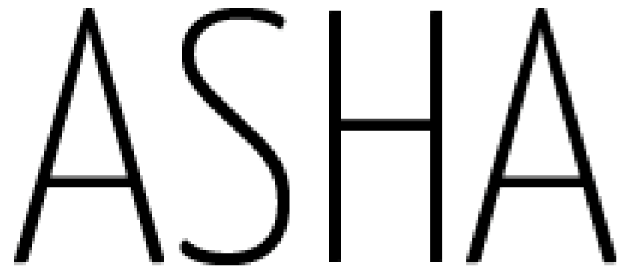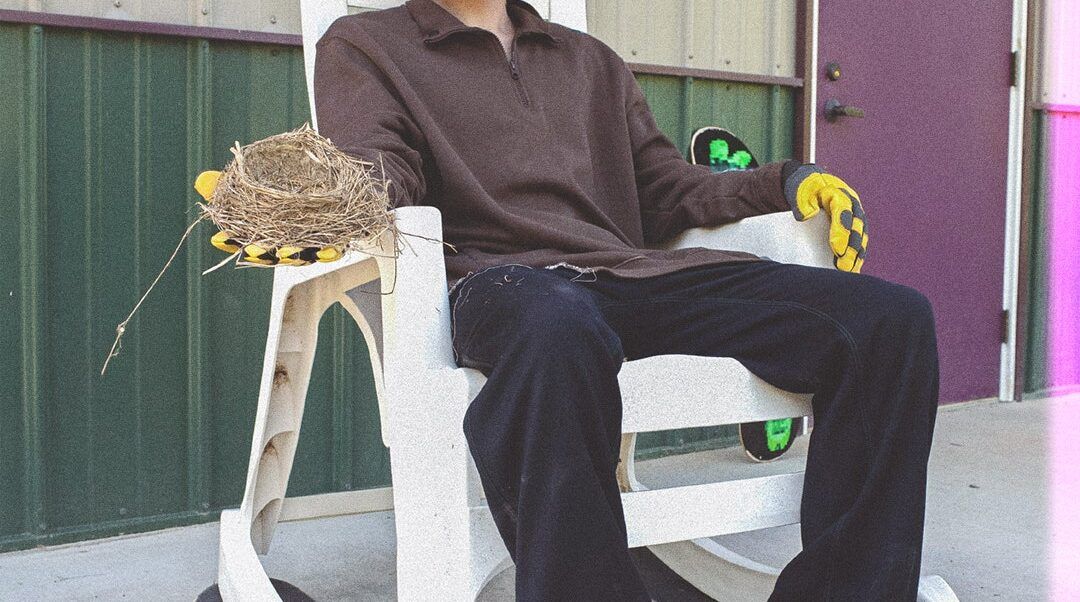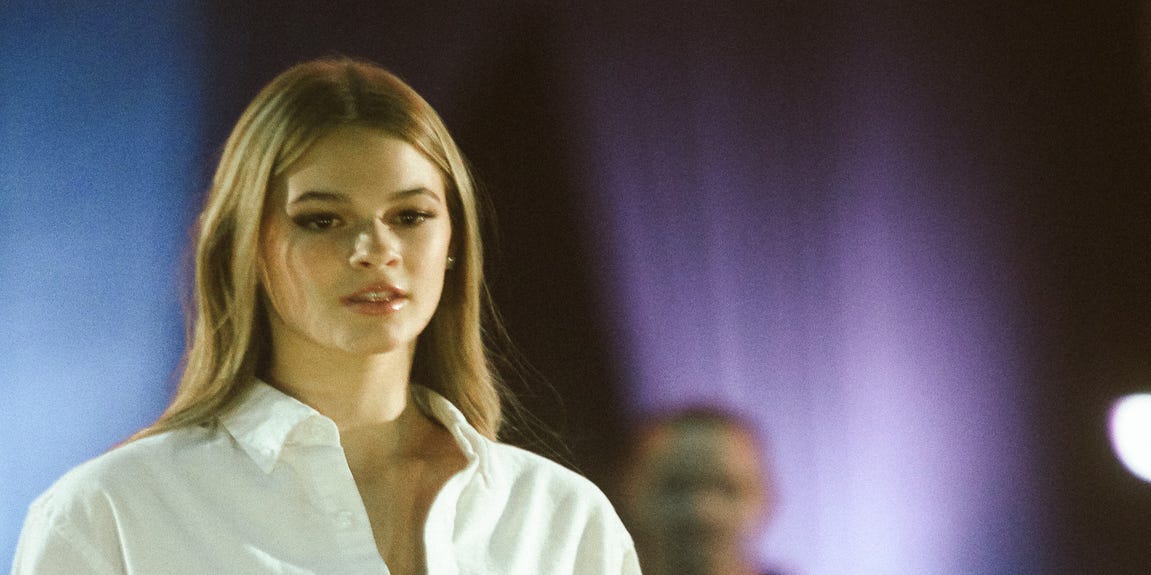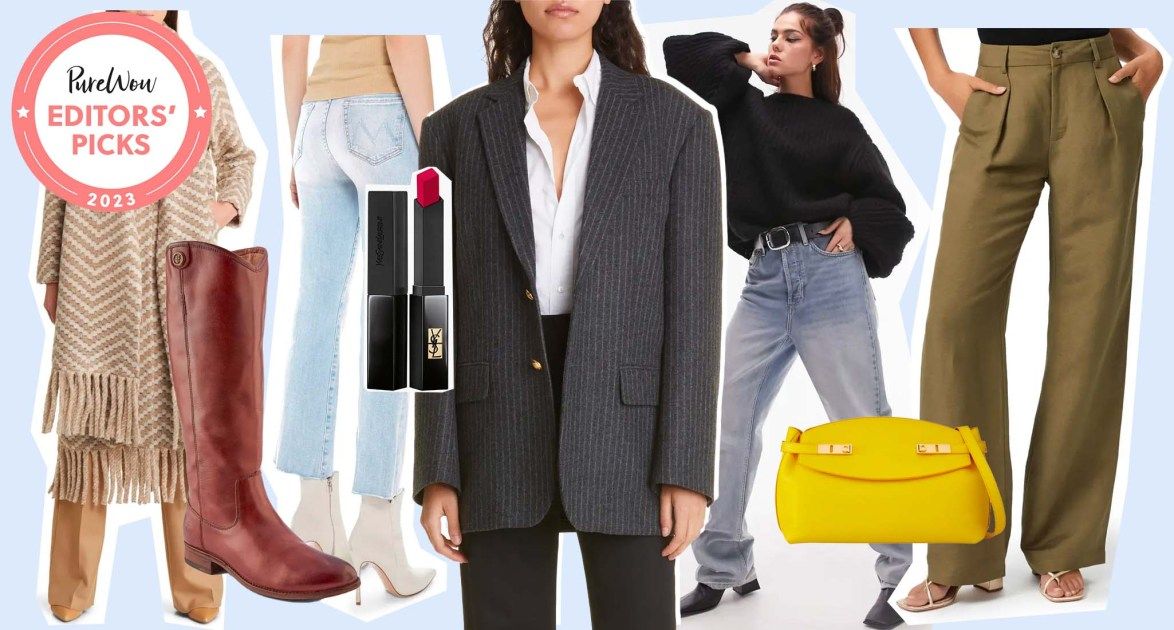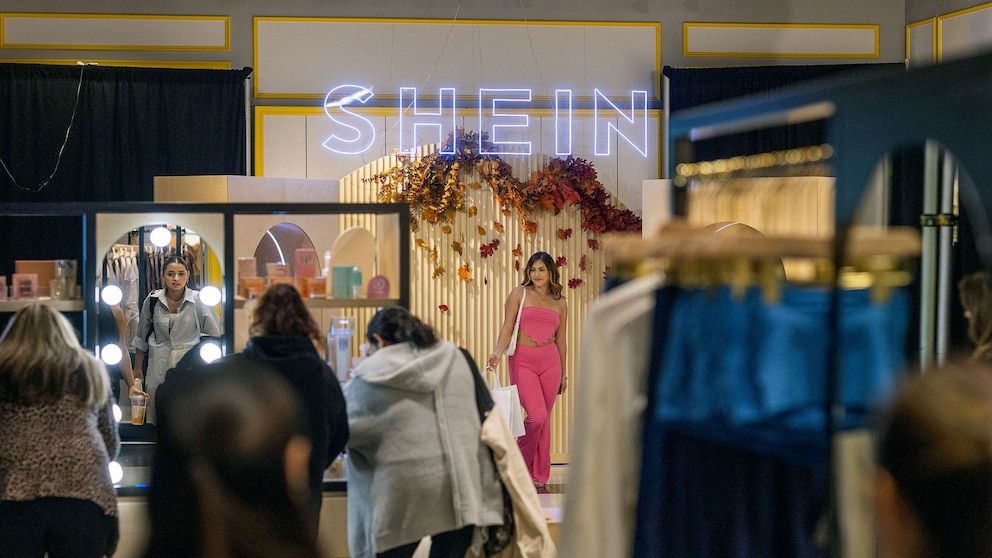This is an edition of the newsletter Show Notes, in which Samuel Hine reports from the front row of the spring and fall fashion weeks. Sign up here to get it in your inbox.
Every subculture has its insider status symbols. In the fashion world, few names captivate those with truly advanced taste quite like Kiko Kostadinov, the London-based designer whose innovative tailoring is so original it defies easy explanation. There’s simply not much to compare the Bulgarian native’s enthralling universe of silhouette and craft to. But everybody knows what it means to wear Kostadinov’s tech-y trousers: it means you get it.
In the art world, as it turns out, the if-you-know-you-know status symbol of the moment is… also made by Kiko Kostadinov. Specifically, it’s a New Era ballcap by Otto 958, the self-described “amorphous project” run by Kostadinov in collaboration with Los Angeles-based gallery Morán Morán. According to Artnet columnist Annie Armstrong, Otto’s distinct O-logo caps have been inescapable on the art fair circuit this year, a trend that’s sure to continue this week as the art world takes the Chunnel from London Frieze to Paris+ Art Basel.
“Art people have a lot of respect for Kiko,” says Armstrong. “So many fashion people try to force themselves in the art world, but it comes really naturally to him.”
Otto 958 is much more than those hats, which reliably sell out in a flash. The brand (if it can be called that) has also made knits and one-of-a-kind rugby hoodies. But other projects reveal a broader ambition, and a commitment to keep its audience guessing. The first Otto 958 release was an art book housed in a custom wooden box made by Kostadinov’s father. A later run of thermal tunics wouldn’t look out of place on the Kiko Kostadinov’s runway. And then there’s Otto’s recently-released sneaker with Asics, a turbo soccer-ish silhouette dubbed the Gel-Flexkee 958, the latest in a long line of highly coveted collaborations between Kostadinov and the Japanese sportswear giant.
Artists working with fashion brands is an accepted part of industry logic these days. But it’s much rarer—I can’t think of a similar setup—for designers to work with art galleries, designing and selling garments from out of a white cube. “It’s not a model that really exists,” says Al Morán, who runs the gallery with his brother, Mills. Its origin is in a slightly more conventional collaboration, when in 2019 Kostadinov put on a solo show of sculpture and design at Morán Morán’s LA gallery. The name of the show was “Otto 95.8,” referencing a street the Bulgarian native Kostadinov used to live on and a radio frequency.
The next stage of that project has attracted considerable mystique, though it’s a natural extension of both parties’ practices. Morán has a history of exploring what a gallery can be, having launched pirate radio platform Know Wave in 2012. There’s also always been a considerable amount of lore around Kostadinov’s many side projects, like Affix, a workwear brand he started with the stylist Stephen Mann, and a Central Saint Martins project where he chopped up and then re-sewed Stüssy garments, originals of which sell for thousands. Kostadinov has a history of changing or mothballing these brand extensions as soon as they get too big or formulaic, and then starting new things.
Otto 958 appears designed to be unpredictable, with a unique air of mystery around it, and a culty following in and around art and fashion who are hooked by its fascinating and evolving relationship with both Kostadinov’s namesake brand and Morán Morán’s deep roster of artists. Is it glorified art merch? Is it a continuation of Kostadinov’s own fine art practice? What kind of dialogue drives their output forward? What is its future? And what’s up with the wrestling masks? “We didn’t want to shoot on a model in the right way,” Kostadinov says of Otto’s slightly unsettling visual identity. “So how can you create the character?”
I called up Kiko and Al on Monday for a chat about the art world’s current obsession.
Al Morán: I was in London two years prior, and I went over to his offices. He was working on these installations for Dover Street Market, these in-store store sculptures, for lack of a better word. And they didn’t feel like dressing for a store setting to me, they actually felt like sculptural objects. So then we definitely maintained communication after that initial studio visit. But those things stuck in my head. I couldn’t really shake them. I’m thinking, what is this guy doing? It’s not just design and fashion. It felt like a fuller practice to me. It just felt like there was more going on in his head.
The idea started building to do something in the gallery and figure out how these two worlds can be. Obviously these two worlds have been intertwined and moving through each other for the last hundred years at this point. But we got to a point where I believed that he could do something in the space that felt more like an exhibition. And I think he had really big ideas about what that would look like and how clothing would integrate into these things. Those sculptures did have textiles on them, but they weren’t sold individually or anything like that. It is a sculpture.
Kiko Kostadinov: I was very hesitant. For me, it’s very important to, if you are good at something, you study and kind of stick to that. And I think there was a moment when everyone was doing a lot of things in different fields. I was just like, I really just want to be good at one thing, and I don’t want to call myself an artist. But the way Al was just saying, to treat it not as a store installation but as more of a full thing, that’s how I was thinking about the space.
I’m a fashion designer, I do clothes, and this was just an environment for potential, for something that could happen in the space. And those items, those objects or sculptures, helped create a feeling in the space.
AM: Yeah, we did a hat and we did the shirt, but they were all giveaways. They were never for sale.
KK: And then the Covid moment was happening and we were just really bored at home and we were like, Oh, let’s do this. I was working on logos and thinking how we can make it into, I dunno, something else.
AM: There was a lot of me pushing him to do the show with us. He was very hesitant to jump into another field. So that year that we spent building the exhibition, we became very close, and we felt like we could work with each other in some way. Is it going to be through the art channel strictly again? Is there another show somewhere else? Or how does this thing evolve at this point?
Then covid hit and we both had time. The gallery was shut down basically. I had no shows for almost a year. Kiko’s life slowed down a little bit also. And that’s when we started really flushing this thing out, thinking about more ideas and more objects to make specifically before the garments. And it just kind of found its own way forward.
AM: It’s not a model that really exists. It takes a certain gallery to approach that. Also, I think that we’re very fortunate that a lot of the gallery artists that we work with [Morán Morán represents the likes of Agathe Snow, Jacolby Satterwhite, Raul de Nieves, and the estate of Dash Snow] revolve around Kiko’s world. So there’s just a lot of points of connection between us with certain artists that have done work for Kiko in the past [Morán Morán artist Erick N. Mack, for example, worked with Kostadinov on a campaign for a Camper collab] or helped on or just been involved in his language.
KK: I think now that we have more partners involved, I think that’s when it’ll become more consistent, with slightly more long-term ideas where we can schedule them out. I think there’s just so much to be done in both words when we start combining them. We also want to keep building—okay, now the caps are doing well, how can we make them better?
AM: The approach is actually having no approach. The thing just kind of goes off of us prodding each other like, Hey, we haven’t done anything in two weeks. What do we have? What can we release? What can we make? It’s very much a downtime project, but yeah, there are moments where it scales up and things get intense and you see the potential of the thing.
KK: We found this rugby supplier in Canada, and on their website they had one-offs. I was always physically making one-off pieces and just selling them. Even just via DM or something, and I kind of miss that in some way. I still do it sometimes, like with these [custom] Charvet shirts not long ago for Laila store in Tokyo. Because I have the studio here, I have people sewing and cutting, and we can make 10, 15, 20 customized pieces in a few days. It’s quite nice to get people off their computers. I mean, I’m sewing as well, cutting, whatever. It’s nice to be brought back to that hands-on mentality.
We first made 30 custom rugby shirts in London, and we dropped them during Salone in Milan, and they sold straightaway. Then we got in touch with the supplier and we said, Can you just make us 50 hoodies? We said, we don’t care what you make, whatever you have, just make stuff. And they also did the back patch for us. So yeah, it’s truly one off. We actually didn’t design those. Whoever was sewing and cutting them in Canada, they were in charge. And when they came in and we lined them up on a rail, we were like, wow.
The logistical part is a bit hectic, but it’s something we’ve done it with hats as well. When we released hats and then kept half of them and dyed them by hand. So there’s definitely that moment of wanting to make more things as a downtime. Staying late in the studio and just trying to switch over, still being present with your work for something that’s not a runway collection or a big art exhibition or flying around the world. I think it’s a little hobby that we have. It’s becoming more than a hobby now.
KK: Even when I was doing those, they were just practice for ideas that I could maybe use in my graduate collection or just any design language. Same with this. With Otto, I can use it as practice for something that might not be part of the Otto language, which could be translated into a runway piece for my collection.
AM: This whole thing does feel like an exercise in making, down to the visuals that we have and the campaigns. It is these exercises of, how can we put our worlds together in a way that compliment each other? For example, the campaign for the Asics release was shot at Lizzie Fitch and Ryan Trecartin’s farm in Ohio. So that’s bringing this side of our world into it in a way that feels unique to us.
AM: Yeah, it’s interesting to see how it has kind of made its way through that culture. And I always laugh about it because that world really doesn’t have any options either. This is your option basically. If you want to play in both worlds, nobody else is giving you this. So yeah, it does make me happy to see it and happy that it’s been absorbed in that way.
KK: I mean I haven’t been to Frieze many times. In the past few years I kind of try to avoid it. I think going to Frieze is maybe the same as going to any fashion function. People have pretty diabolical ways of putting outfits together. But I never really judge people for how they dress anymore. I’m like, well, what made you put this together? I don’t really know. And is there a right or wrong? At some point what those people are wearing will be sarcastic, and a big brand will do it. And then we’ll think it’s cool. So I think I lost my sense of judgment towards fashion. I just don’t have time to think about that, to be honest.
AM: I think the art world has definitely leaned heavily into the fashion world in terms of presentation. 15 years ago, when I first opened the gallery, most people wore Brooks Brothers suits and wingtips. There was almost a need to project a formality in your presentation to justify what you were doing. Where now it feels much more open and free and every dealer’s got a suit on with sneakers. It does feel like there’s been a flattening of formality in a sense. And I think what we’re doing with Otto is just further flattening that formality.
See all of our newsletters, including Show Notes, here.
